What are marine microbiomes?
Seawater is home to a staggering number of micro-organisms, ranging from 10 to 100 billion per liter, which can be divided into four categories: phytoplankton, protists, bacteria, and viruses. This categorization, however, does not fully capture the diverse planktonic ecosystem and its various interactions, such as symbiosis, parasitism, predation, and protection.
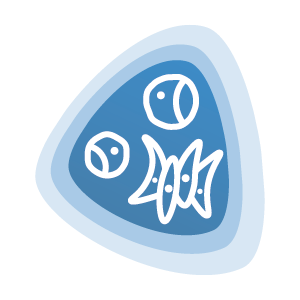
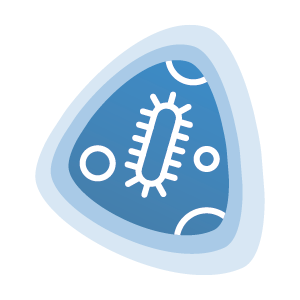
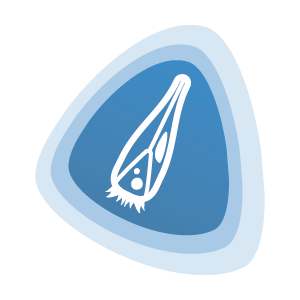
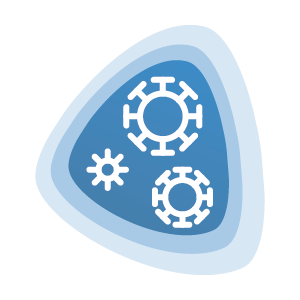
Why marine microbiomes?
Marine microorganisms are a largely untapped source of bioactive compounds, carbohydrates, polymers, proteins, and other valuable substances. These compounds have a wide range of high-value application for society and health of marine ecosystems, including pharma, material sciences, cosmetics and environmental services.
However, most of the times exploring their potential can be challenging, time-consuming, and resource-intensive, leading to low yields, high costs, and a long time to market, as well as a substantial impact on the environment. New methods are needed to overcome these limitations and facilitate the exploration of marine microbial communities and their potential utilization.
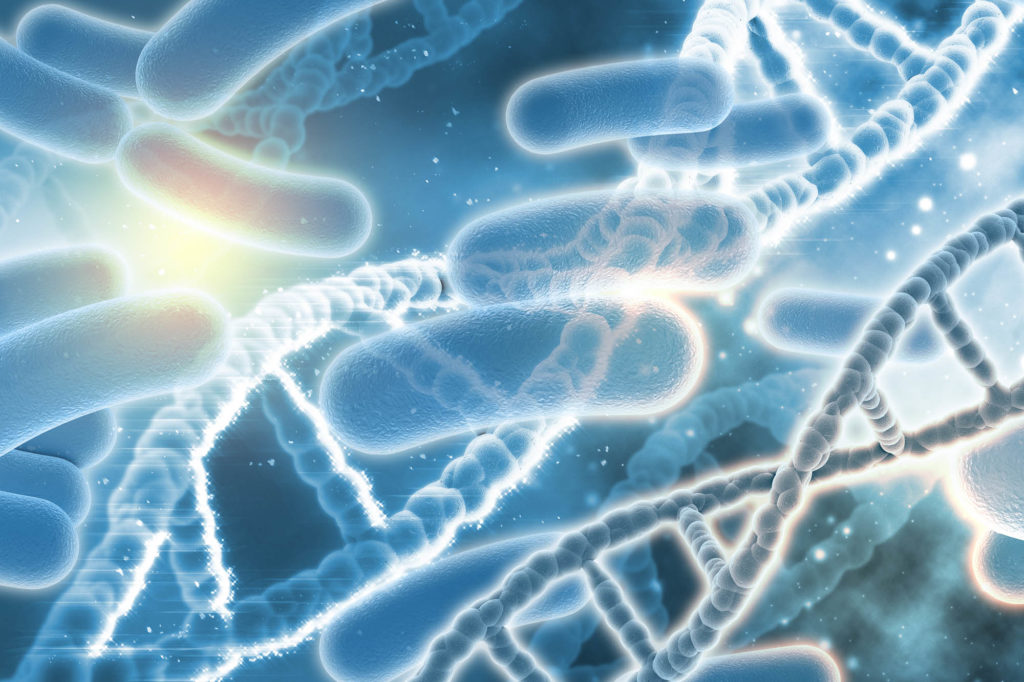
What is the Blue Bioeconomy?
The blue bioeconomy leverages renewable, living aquatic resources such as algae, sponges, jellyfish, and microorganisms to provide a wide range of products, processes, and services.
Innovations in the blue bioeconomy encompass a variety of fields, including novel foods and food additives, nutraceuticals and animal feeds, pharmaceuticals and cosmetics, green chemicals and materials, and enzymes for environmentally friendly industrial processing and decontamination.
As a crucial component of the European Green Deal, the blue economy plays a significant role in reducing the burden on EU land resources and addressing climate change. Continuous marine and aquatic research and innovation is essential to ensure the ocean remains a healthy and productive life support system.